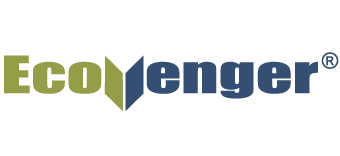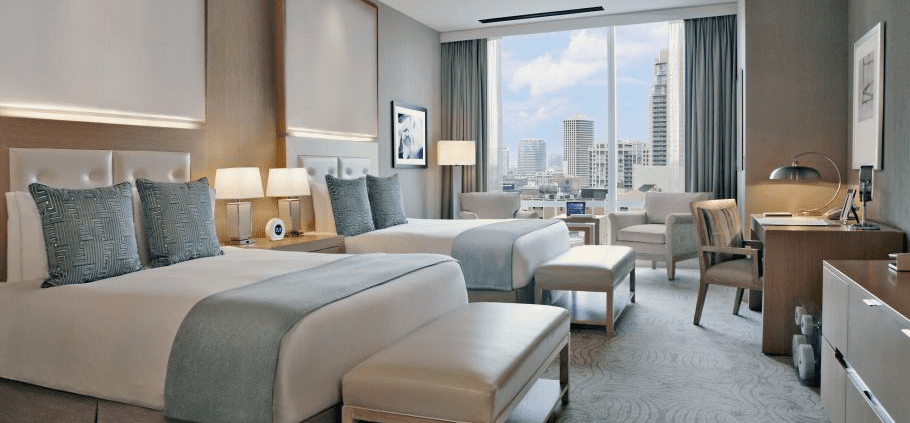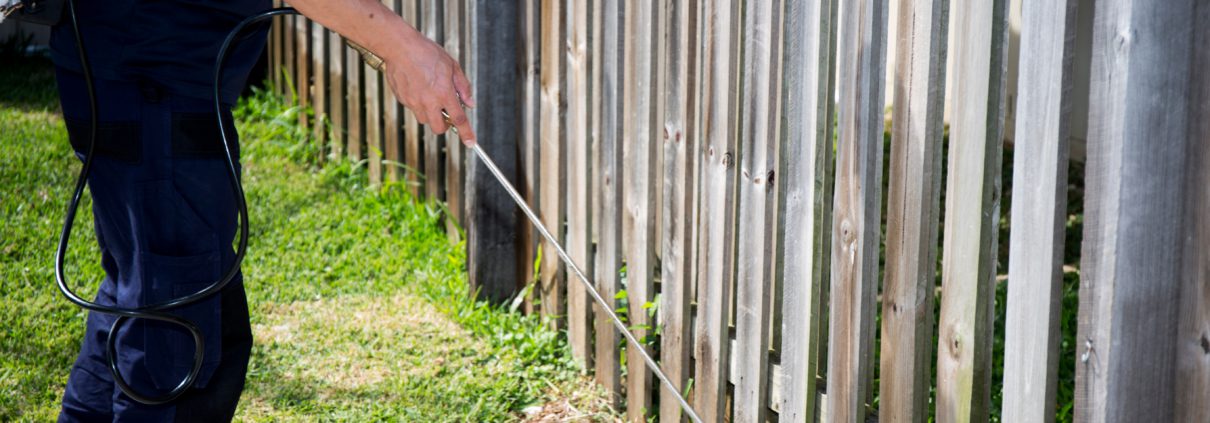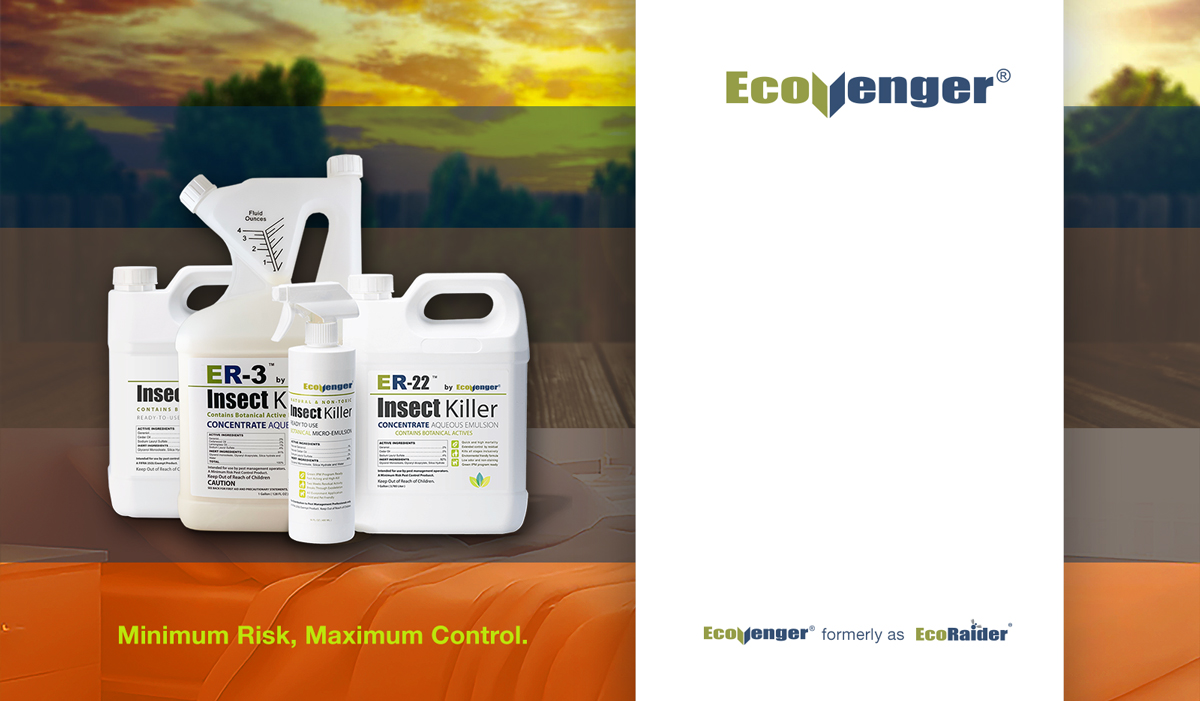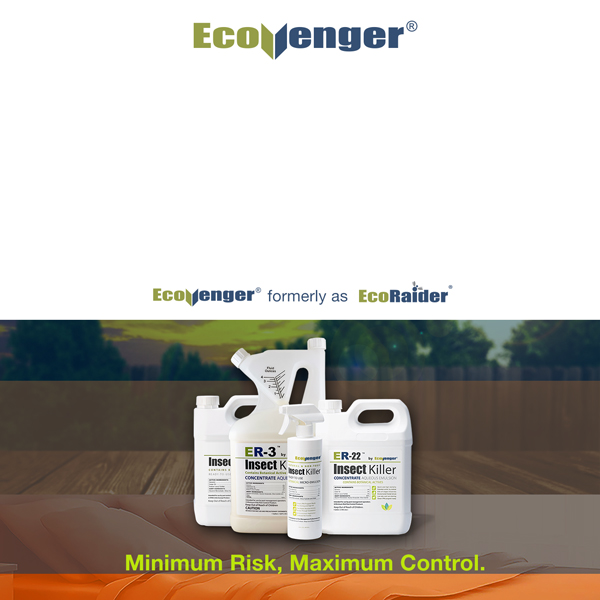IPM for Hotels
Webinar Held on: Tuesday, November 29th, 2022
CEU Credit Approved States: DE, FL, GA, NJ, NM, NV, NY, PA & SC.
Brief Webinar Description: Guests, hotel employees, and service deliveries will be the main vehicles that carry pests into a hotel. Pests may enter a hotel room from outside or from a neighboring infested room. Pests require food, harborage, water, and warmth to survive and may find all of these needs within a hotel room. Guest rooms share a network of plumbing, electrical, computer, and utility lines and cables. These lines travel both vertically and horizontally throughout the building and from room to room. You must think three-dimensionally when dealing with pest issues that may impact more than one room, area, floor, or even floors of rooms. Due to the sheer number of visitors to these facilities, you need to make sure your service frequency is in line with the potential for pest pressures. You must also understand the design of the facility to determine where pests may spread. Early detection and prompt, effective action is critical to prevent bed bugs from becoming established in a multiple-unit complex. Once established, bed bugs are among the most difficult and expensive pests to control. Success demands aggressive action and perseverance in tracking down and eliminating every last bug. In this webinar, we will explore the IPM methods for controlling this pest in a sensitive and busy environment.
